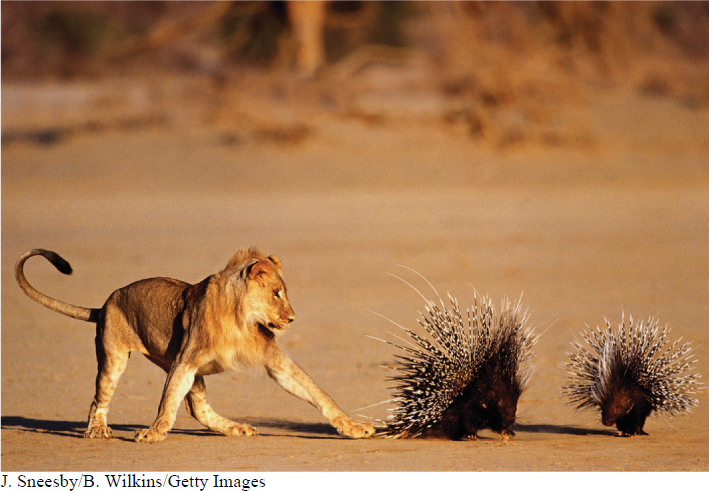If you put a group of humans on the moon, will they flourish? If you take a shark from the ocean and put it in your swimming pool, will it survive? In both cases, the answer is no. Organisms are rarely successful when put into novel environments. And the stranger the new environment, the less likely it is that the transplanted organism will survive. Why is that?
As Darwin noted over and over during his travels, the organisms that possess traits that allow them to better exploit the environment in which they live will tend to produce more offspring than the organisms with alternative traits. With passing generations, a population will be made up of more and more of these fitter organisms. And, as a consequence, populations of organisms will tend to be increasingly well matched or adapted to their environment.
Adaptation refers both to the process by which organisms become better matched to their environment and to the specific features that make an organism more fit. Examples of adaptations abound. Bats have an extremely accurate type of hearing (called echolocation) for navigating and finding food, even in complete darkness. Porcupine quills make porcupines almost impervious to predation (FIGURE 8-23). Mosquitoes produce strong chemicals that prevent blood from clotting, so that they can extract blood from other animals.

TAKE-HOME MESSAGE 8.12
Adaptation, which refers both to the process by which organisms become better matched to their environment and to the specific traits that make an organism more fit, occurs as a result of natural selection.
Mutation, genetic drift, gene flow, and natural selection can all result in evolutionary change. Which of these make a population better adapted to its environment?
Of these four agents of evolutionary change, only natural selection results in adaptive evolution.